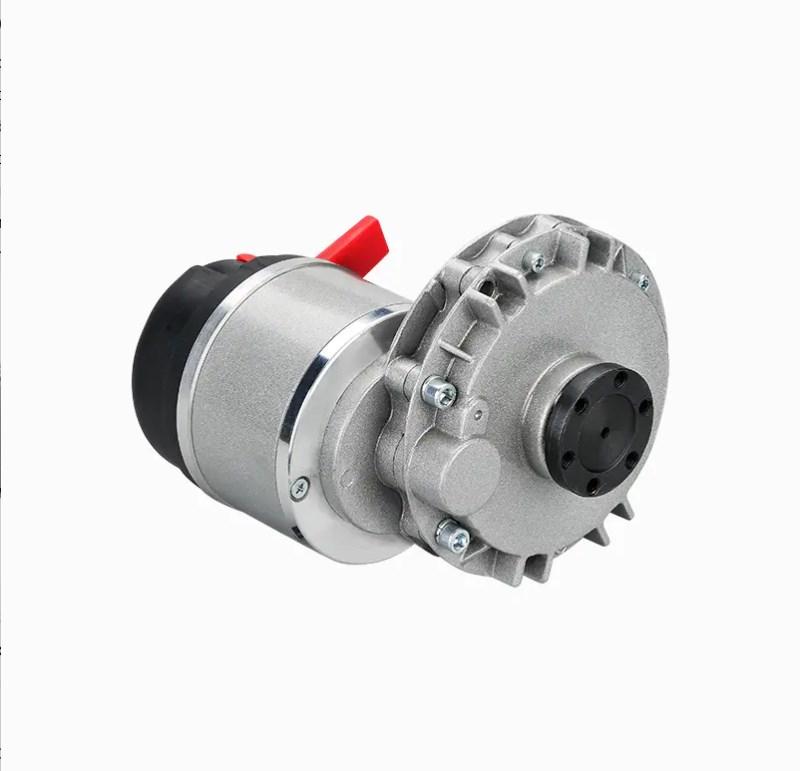Electric transaxle systems have become integral components in the advancement of automotive technology, particularly in hybrid and electric vehicles. These systems comprise several key components, distinguishing them from traditional mechanical transaxles and offering numerous advantages in terms of efficiency, performance, and sustainability.
At the core of an electric transaxle system are the electric motors, which serve as the primary power source for propulsion. Unlike mechanical transaxles that rely on internal combustion engines, electric transaxles utilize electric motors to drive the vehicle. These motors are often integrated with the transaxle assembly, providing a compact and streamlined design.
Accompanying the electric motors are the power electronics, including inverters and converters, responsible for controlling the flow of electrical energy to the motors. These components regulate the speed and torque output, optimizing performance and efficiency based on driving conditions and driver inputs.
Furthermore, electric transaxle systems incorporate sophisticated control algorithms and software, enabling seamless integration with other vehicle systems such as regenerative braking, traction control, and stability control. This level of integration enhances overall vehicle dynamics and safety while maximizing energy recuperation during deceleration.
In comparison to traditional mechanical transaxles, electric transaxle systems offer several notable advantages. Firstly, they deliver instant torque from standstill, providing brisk acceleration and responsive throttle control, which contributes to a dynamic driving experience. Moreover, the absence of complex mechanical linkages results in smoother power delivery and reduced noise levels, enhancing overall driving comfort.
Additionally, electric transaxle systems boast higher efficiency levels, primarily due to the inherent efficiency of electric motors and the ability to optimize power distribution in real-time. This increased efficiency translates into improved fuel economy in hybrid vehicles and extended range in electric vehicles, addressing concerns regarding energy consumption and environmental impact.
The integration of electric transaxle systems also facilitates the implementation of advanced vehicle features such as all-wheel drive (AWD) and torque vectoring, further enhancing traction and stability across various road conditions. By dynamically distributing power between the front and rear axles and individual wheels, these systems improve handling and cornering capabilities, ensuring optimal performance and safety.
Furthermore, electric transaxle systems contribute to the overall sustainability of transportation by reducing reliance on fossil fuels and minimizing emissions. As the automotive industry continues to transition towards electrification, electric transaxle systems play a crucial role in driving innovation and shaping the future of mobility.
In conclusion, electric transaxle systems represent a significant advancement in automotive technology, offering a compelling alternative to traditional mechanical transaxles. With their inherent efficiency, performance benefits, and environmental advantages, these systems are poised to drive the next generation of hybrid and electric vehicles, revolutionizing the way we think about propulsion and transportation.



